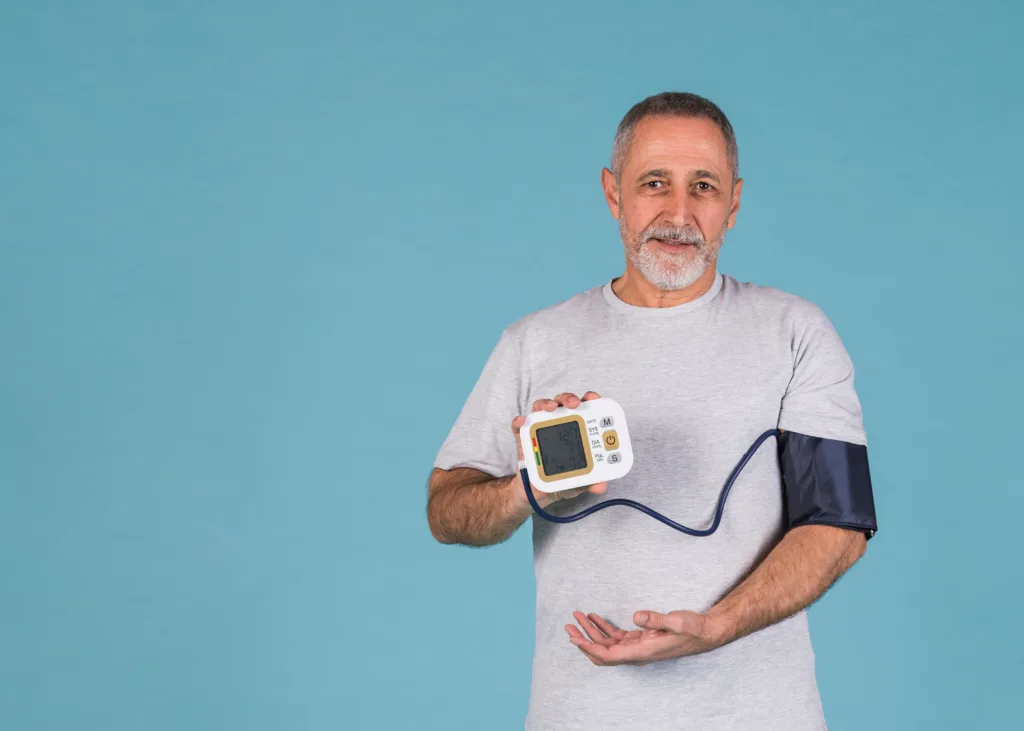Cardiovascular disease (CVD) remains the leading cause of death in the U.S., claiming approximately 919,032 lives in 2023. Hospitalizations and acute care significantly strain healthcare budgets, with costs around $417.9 billion (2020–2021). Early and continuous management can reduce these burdens. RPM delivers vital clinical data to providers in real time, enabling proactive intervention. In the following sections, we explore recent statistics, RPM’s transformative role, and its benefits. Finally, discover how Esvyda simplifies RPM adoption for healthcare organizations.
The Burden of Cardiovascular Disease in the U.S.
In 2022, heart disease caused 702,880 deaths, that is one death every 33 seconds, and cost $252.2 billion (2019–2020) in healthcare services, medications, and lost productivity. Coronary artery disease alone killed 371,506 people in 2022. Additionally, approximately 805,000 heart attacks occur annually; one out of five is silent. These figures highlight the dire need for continuous monitoring and early intervention to reduce hospitalizations and improve outcomes.

How RPM Transforms Cardiovascular Care
RPM gathers physiological data,such as blood pressure, heart rate, and weight, via wireless devices like cuffs, oximeters, and scales. Providers receive alerts for anomalies, enabling timely clinical decisions. RPM systems also support medication reminders, educational messaging, and direct patient, provider communication. This real-time data flow allows clinicians to adjust treatment plans proactively, avoiding crises and reducing emergency visits. By obviating unnecessary hospitalizations, RPM improves workflow efficiency and patient outcomes
Clinical and Financial Benefits of RPM in Cardiology
Although most RPM research focuses on other conditions, its principles translate well to cardiology. Continuous data helps detect hypertension or arrhythmias early, minimizing complications. RPM-driven proactive care can reduce hospital admissions, lower readmission rates, and curb emergency department use. For instance, telehomecare programs for chronic diseases showed impressive reductions: 65% fewer hospital admissions, 72% fewer ER visits, and 95% fewer walk-in clinic visits. Those improvements suggest substantial cost savings and better resource allocation. Clinically, RPM supports improved blood pressure control and enhances outcomes through earlier intervention.

Esvyda empowers optimal cardiovascular outcomes.
Esvyda offers a bilingual, secure, and compliant RPM platform tailored for healthcare institutions. Its infrastructure supports seamless data ingestion, real time alerts, and patient engagement. By leveraging RPM, providers can achieve better clinical outcomes for example, improved blood pressure control and enhance patient satisfaction through proactive, connected care. Esvyda aligns with value based care metrics, optimizing outcomes and driving performance in value based programs. Moreover, its coordination tools foster multidisciplinary collaboration and comprehensive management. Institutions and clinicians seeking to transform cardiovascular care should explore how Esvyda integrates RPM seamlessly and effectively. Contact us to begin the journey toward smarter, proactive cardiovascular management.
Download this artice
RPM in Cardiovascular Disease Management
Cardiovascular disease (CVD) remains the leading cause of death in the U.S., claiming approximately 919,032 lives in 2023. Esvyda offers a bilingual, secure, and compliant RPM platform tailored for healthcare institutions.
Click Here

